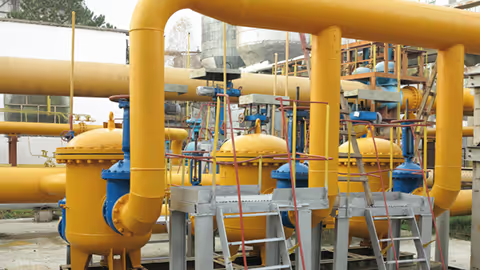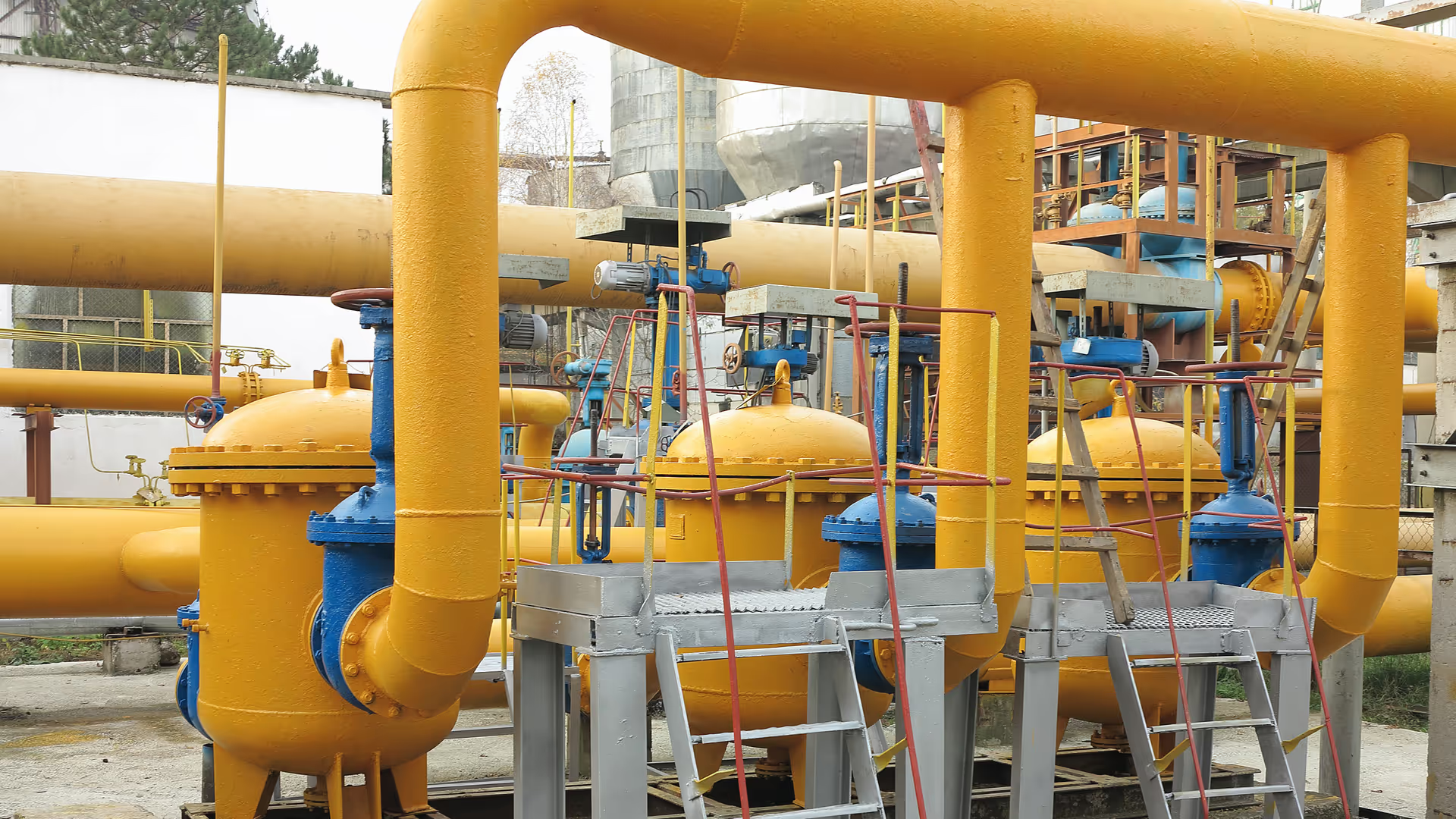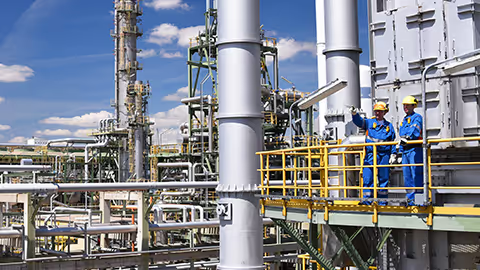Synthetic fuel developers will struggle to reach cost parity with fossil fuels in the absence of subsidies and carbon taxes due to the substantial amounts of energy and land required to produce these. Many developers are targeting the sustainable aviation fuel (SAF) market, however they should also be exploring the defence industry as a strategic route to market. While conventional fuel supplies will continue to address most demand in defence, there is potentially some scope for synthetic fuels to meet some niche requirements in this field.
Meanwhile, the defence industry is responding to an evolving geopolitical landscape, with the beginnings of a rearmament trend underway1. NATO members have agreed to raise defence spending targets from 2% to 3.5% of GDP by 2035, with an additional 1.5% for security-related expenditure. Many are also considering how to become more resilient in the face of increasing threats.
What are synthetic fuels?
Synthetic fuels – fuels which have been produced from sources other than natural crude oil – have been touted as a solution for the hard-to-abate aviation industry to cut its carbon emissions. While SAF is inherently more expensive than the conventional kind, its use is growing. Some airlines and regulators are setting ambitious targets, such as the EU’s binding SAF targets within its “Fit for 55” package, which aims for 70% SAF used in air transport by 20502, from just 0.5% of all jet fuel in 20243. Most SAF today comes from biofuels, for which there is limited waste biomass available, particularly as demand grows. Synthetic fuels can, however, also be produced without biomass, using carbon dioxide and hydrogen – these are known as e-fuels (or electro-fuels).
What do synthetic fuels offer to the defence industry?
The main purpose of synthetic fuels in most discourse is its ability to slash emissions, by up to 85% according to some estimates. This offers a real benefit for decarbonisation, though this is a goal which has lost salience in recent times. Synthetic fuels also, however, offer operational resilience in three key ways.
First, it decreases the dependence from volatile oil markets. E-fuels only require air and electricity and so are decoupled from geopolitical ructions. During the recent conflict between Iran and Israel, concerns were raised internationally about closing of the Straight of Hormuz, through which more than a third of shipped crude passes4. While oil prices are relatively low by historical standards, it would be reasonable to expect similar fluctuations over the coming decades as supply and demand changes and as new crises and risks emerge.
Secondly, e-fuels could reduce logistical vulnerabilities and cut down the length of supply chains. Once set up, a deployed e-fuel station can produce fuel closer to where it is needed, which may be especially advantageous in remote theatres where supply chains may be stretched thin and so more prone to disruption. The main required inputs are power, water and carbon dioxide (of which the latter can be sourced from the air).
Thirdly, and possibly most importantly, a modularised solution potentially allows production to be distributed. Unlike a large refining facility, which would be an attractive target in a high-intensity war, distributed assets are harder to simultaneously compromise. Russia recently experienced an example of this “risk of scale”, when Ukraine damaged up to a third of Russia’s strategic bombers in air bases far from the front line5. The UK’s recent Strategic Defence Review has specifically identified the need to distribute munitions and fuel stores to reduce this type of vulnerability6.
What is the state of play for synthetic fuels in the defence industry?
There are no militaries today regularly using SAF, but there are some which are testing and certifying it. This includes the air forces of Japan and Singapore7, as well as the UK’s Royal Air Force8. One company that has thought about how its technology can be applied to defence is INERATEC . While offering synthetic fuel solutions for aviation and internal combustion engines, they have recently announced a partnership with Rheinmetall, to offer solutions for European defence customers9. It is likely that both companies being German is recognised as a key benefit to maintaining strategic control over the technology.
How are e-fuels made?
A typical production path for e-fuels is to capture carbon dioxide from the air or from a point source of emissions, purify, and convert to carbon monoxide using either the reverse water-gas shift reaction or a specialised electrolyser. “Green” hydrogen can also be produced from water in a conventional electrolyser, and the two products mixed to produce syngas (synthetic gas). Co-electrolysis of carbon dioxide and water into carbon monoxide and hydrogen is also possible, but the technology is at an earlier stage.
Syngas is readily used in industry for a variety of processes. One common use case is Fischer Tropsch synthesis, which produces a range of alkanes, the main component in fuels, as well as some related byproducts in the form of alkenes and oxygenated hydrocarbons. This is an exothermic reaction operated at 150-300°C, which is feasible (though not conventional) to run using a distributed set of miniature production facilities.
What would a synthetic fuel solution for defence look like?
There are now many direct air capture (DAC) companies developing solutions for extracting carbon dioxide out of the air. One of the leading and best-known companies in this space is Climeworks, which has the largest DAC plant in operation. Satellite imagery suggests that the capture and purification portion of this facility occupies approximately 3 acres and has a nameplate capacity of 36,000 T CO2/yr. TTP’s own calculations using this “volumetric capture efficiency” suggest that an air-to-fuels facility providing enough fuel for a forward operating base requiring ~3,000 L/day could supply this on an area of ~0.75 acres, which may be about 10%-20% of that base’s land area. Minimising the footprint of such a system would be key to making this a practical solution.
Due to the need for a grid connection, a synthetic fuel facility would only be practical at a main operating base, an airbase, or a large forward operating base with a grid connection. This may act as a logistics hub for smaller bases and provide a secondary route for fuel resupply to improve resilience, particularly if located far away from home territory. It would be unlikely to have such a facility too close to the front line or at a small forward operating base, and “conventional” fuel would still be required.
Fuel being manufactured on a hypothetical forward operating base would also require personnel to install, operate, and decommission such infrastructure. No military wants to get into the business of operating a chemical plant, so a quick-to-deploy, plug-and-play solution with minimal overheads would also be critical for a viable solution, likely with remote monitoring by expert personnel for day-to-day operations. In addition, the ability to rapidly and safely shutdown in the event of an external emergency would be an important consideration.
.avif)
What are the key challenges?
There are several key challenges to implementing a defence-ready synthetic fuel solution. One of these is that Fischer-Tropsch synthesis intrinsically produces a range of compounds of various chain lengths. Most fuel used by NATO is JP-8, which is similar to commercial Jet A-1 and requires carbon chain lengths of between 8 and 1810. This means that, to improve the yield, light fractions need to be recycled, while heavy fractions need to be cracked into lighter fractions and recycled. This is standard in industry but introduces more complexity in a small-scale process.
In addition to producing the correct carbon chain lengths, JP-8 also contains aromatics (organic compounds with a cyclic structure) and several specialist additives. The former would need to be produced in parallel or else shipped in, while the latter would need to be shipped in. This prevents the process from being completely immune from supply chain disruptions, though this weakness is mitigated if only the additives are required to be sourced, as these are needed in smaller quantities and so could feasibly be stored onsite. Anything other than a drop-in replacement for fuel would be infeasible.
On the commercial side, there are also challenges to solve. Even with rising defence budgets, there is competition for money. The kit to make synthetic fuels is capital-intensive and so would need to provide high strategic value to justify the investment. In addition, militaries are understandably hesitant to use novel technologies (like e-fuels) for core operations (like refuelling). Technology development in this area is still required to develop end-to-end, optimised solutions which are de-risked. The cost of developing the technology is small relative to the eventual capital infrastructure that would be deployed. This still requires someone to fund these development efforts, however there is some defence-specific innovation happening in this field, for example through the US’ Defence Innovation Unit, DIU11.
What are the hard limitations to synthetic fuels?
Even if you resolve the above challenges, the world will continue to rely on conventional oil supply chains, which are mature and proven, and militaries will still need to secure their supply lines. As such, e-fuels production could only realistically manifest in strategic niches, such as to hedge against where there is a real risk of disruption for bases in remote territories.
Synthetic fuels will also remain more costly than conventional fuels, even when the technology is mature. TTP’s calculations suggest that it will still take 10-20 times as much energy to produce synthetic fuels onsite compared with crude oil extraction, processing and transport. As such, cost parity is not feasible and, in the absence of subsidies, carbon taxes, or other regulation, there will need to be strong additional reasons for deploying synthetic fuels for any application, defence or otherwise.
What is the opportunity?
Given all of the above, there is an opportunity for synthetic fuel developers to target a unique market with niche requirements which synthetic fuels can address, while topics of energy sovereignty, resilience, and security are increasingly in the limelight. Many aspects of the technology have been demonstrated by a few players, with a need now to drive out cost, footprint, and operational complexity. For those developing or in a position to be developing solutions for synthetic fuels, tailoring the application towards the needs of the defence industry could be a smart strategic play.
TTP have extensive experience in developing electrochemical technologies and novel process technologies. If you would like to discuss how we can help accelerate the development of your solution, please get in touch.
References
- https://www.economist.com/leaders/2025/06/26/how-the-defence-bonanza-will-reshape-the-global-economy
- https://www.easa.europa.eu/en/light/topics/fit-55-and-refueleu-aviation
- https://www.easa.europa.eu/en/domains/environment/eaer/sustainable-aviation-fuels
- https://www.economist.com/finance-and-economics/2025/06/13/what-the-israel-iran-war-means-for-oil-prices
- https://www.economist.com/international/2025/06/02/the-war-room-newsletter-how-ukraine-humbled-putin-again
- https://www.gov.uk/government/publications/the-strategic-defence-review-2025-making-britain-safer-secure-at-home-strong-abroad
- https://www.karveinternational.com/insights/the-future-of-sustainable-synthetic-fuel-in-military-aviation
- https://www.raf.mod.uk/news/articles/rafs-first-use-of-sustainable-aviation-fuel-in-typhoon-and-hercules-aircraft/
- https://www.rheinmetall.com/en/media/news-watch/news/2025/06/2025-06-16-rheinmetall-and-ineratec-set-up-energy-partnership
- https://www.alsglobal.com/-/media/ALSGlobal/Resources-Grid/Petroleum-Hydrocarbon-Ranges.pdf
- https://www.diu.mil/latest/diu-leverages-commercial-technology-to-drive-climate-and-energy-resilience

.avif)









